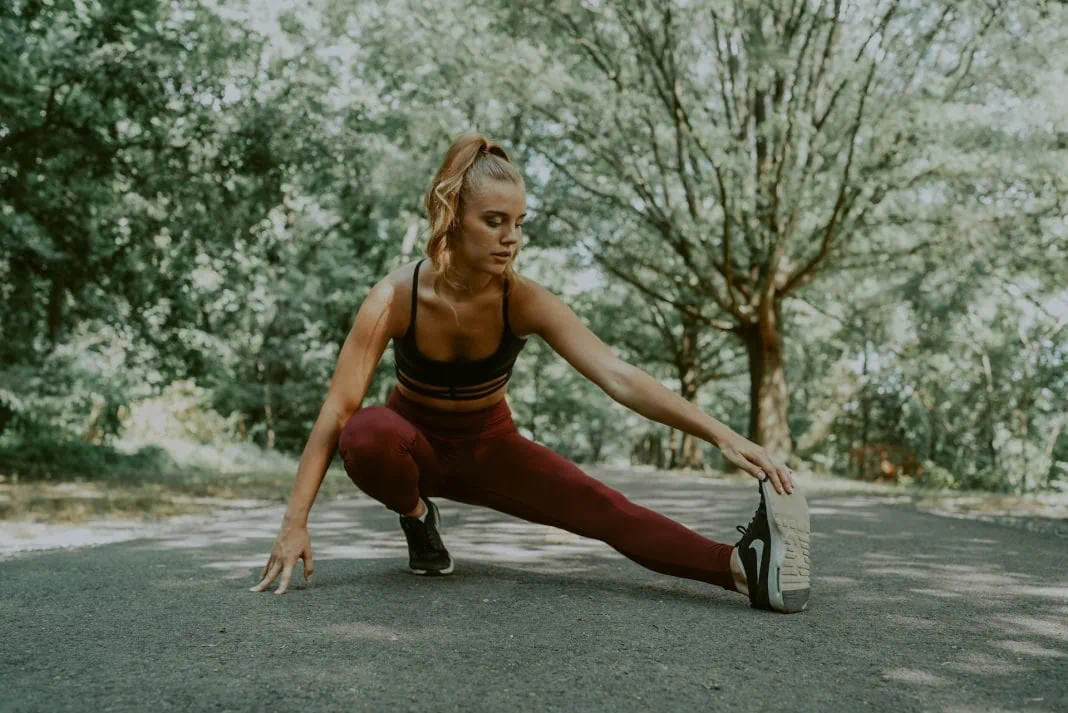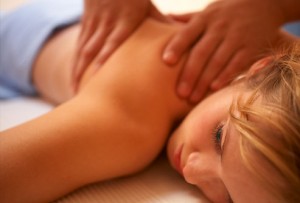Sore muscles are the body’s natural response to intense effort and can be caused by practically any kind of physical exercise. This phenomenon is commonly known as Delayed Onset Muscle Soreness (DOMS) and usually appears 24-48 hours after exercise. While people who begin exercising for the first time in a long period are likely to develop muscle soreness, it can also appear if you start a new workout routine, perform new exercises, or significantly increase the duration and/or intensity of your workout routine.
When you do either of those things, it’s almost impossible to avoid muscle soreness completely, but several methods are diminishing its severity and speeding up muscle recovery. The recovery process is very important for the muscles to repair and build strength. If you choose not to listen to your body and exaggerate the frequency or intensity of your workouts, instead of strengthening your muscles you may end up damaging them.
How to prevent sore muscles
Warming up before starting any physical exercise is very important, and not only for beginners. If you’re working out on your own, be sure to make it a habit. When supervised by a qualified trainer, warm-up is surely included in the workout routine.
Cooling down is another good way of preventing sore muscles. This means that you should never stop exercising suddenly. Instead, at the end of your workout, perform light movements and exercises for 5 to 10 minutes.
Gentle stretching during the workout between exercises and/or at the end can also help prevent muscle soreness to a certain degree. Even though recent studies revealed that stretching doesn’t make a significant difference, many people continue to like it. If one thing is certain, is that stretching surely doesn’t contribute to muscle soreness.
Hydration is also very important and not just to replace the water you’ve lost through sweat during your workout. Appropriate fluid levels in the body support your metabolism and the muscle healing process.
Your body also needs food to refuel, not just water. Muscles will recover faster when eating properly. While their effects are more likely to be seen in the medium to long term there are several foods that help your muscles heal faster.
Among these are low-fat chocolate milk (considered the ideal post-workout snack by many specialists), foods with anti-inflammatory properties like cherries and black tea, magnesium-rich foods (magnesium helps rebuild muscle fibers) such as cereals, nuts, seeds, cocoa, dried fruits, salmon and pumpkin, foods rich in vitamin C that helps restore collagen levels like citrus fruits and broccoli as well as good sources of vitamin E that protect muscle tissue from the toxic effects of several chemicals synthesized after physical effort.
The last category includes almonds, spinach, cabbage, olive oil, sunflower oil, avocado, and papaya.
How to treat muscle soreness
While in most cases not doing anything doesn’t help solve the problem it does work here. Resting is an important factor in the muscle healing process. Of course this doesn’t mean you have to lie in bed all day. It only means you need to take a couple of days off when it comes to physical exercise and make sure you get enough sleep.
Some people prefer to use a method known as active recovery. This means performing light/moderate exercises in the days that follow a hard workout, such as walking, low intensity cardio, Pilates or Yoga. Active recovery increases blood circulation in the muscles without straining them and reduces the pain. You can also make a habit out of this by alternating hard and light workouts throughout the week to support muscle recovery and prevent injuries.
Massage helps relaxing contracted muscles and relieves muscle pain. Self-massage is a more accessible option if you can’t afford the pricey sports massage.
Warming up your muscles improves blood circulation and alleviates pain. If you can’t stand the hot air in a sauna, a hot bath also works but saunas are a better choice since they also promote sweating and detoxify your body among other benefits.




